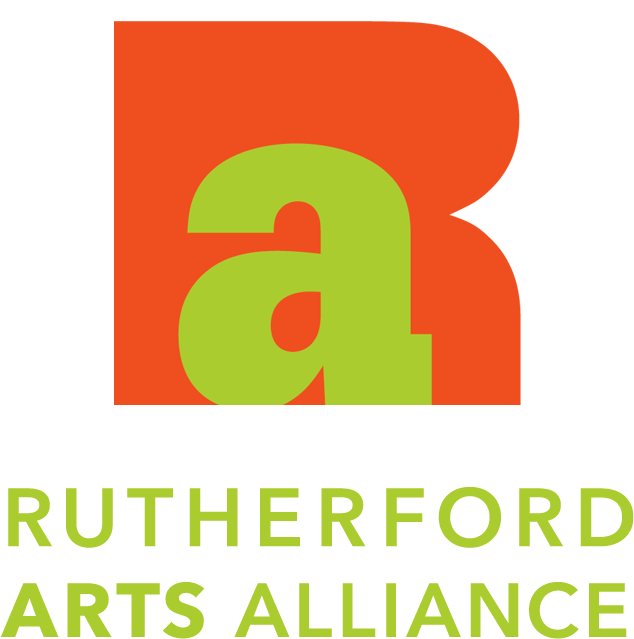Last week, we explored what arts advocacy can look like—whether that’s showing up to a local performance, donating to a scholarship fund, or simply sharing a post from a local artist. But this week, we want to take the conversation a step further.
Because arts advocacy isn’t just about doing something once—it’s about understanding your role in sustaining the creative life of your community. It’s about asking, what do I bring to the table? and how can I use that to support the arts in ways that feel authentic and impactful?
Some of our local arts advocates at a recent RAA monthly mixer.
Whether you’re a teacher, parent, artist, business owner, student, or simply someone who loves live music or murals—you already have tools that make you an advocate. The key is recognizing them, and then using them with intention.
In this post, we’ll unpack what advocacy really means, how it shows up in everyday life, and how you can leverage your unique strengths and resources to make a bigger impact.
What Is Arts Advocacy, Really?
At its core, arts advocacy is the act of supporting and promoting the value of the arts in society. That can mean pushing for policy change, yes—but it also means making the case for the arts in your school, your workplace, your neighborhood, or your day-to-day conversations.
Advocacy is about helping others see what you already know: that the arts matter.
It doesn’t have to be formal. It doesn’t have to be loud. But it does need to be consistent—and rooted in your own voice, your own connections, and your own community.
Advocacy Looks Different for Everyone
Image credit unsplash.com/@vhladynets
One of the biggest misconceptions about advocacy is that it only “counts” if you’re doing something official—like meeting with a legislator or leading a campaign. But the truth is, there are many different kinds of advocates, and your strengths can shape the way you engage.
Here are just a few examples:
The Amplifier: You’re the person always sharing events, tagging friends, and hyping up artists on social media. That visibility matters.
The Connector: You introduce people to each other—maybe a venue owner to a musician, or a student to an art mentor. You help build the web that keeps the arts ecosystem strong.
The Organizer: You help behind the scenes—setting up events, sending emails, rallying support. You’re the infrastructure.
The Donor or Sponsor: You contribute financially to programs, scholarships, and events. You help sustain access and opportunities.
The Educator: Whether you teach professionally or informally, you keep the arts alive in the classroom or at the kitchen table. You nurture the next generation of creatives and creative thinkers.
The Listener: You show up to performances. You ask questions at galleries. You pay attention. You make artists feel seen.
You don’t have to do everything. Just ask: what can I do, with what I have, where I am? Then do that consistently.
Three Questions to Help You Find Your Advocacy Voice
If you're not sure where to start—or where to focus—try asking yourself:
Image courtesy unsplash.com/@marcusbellamy
What do I love about the arts?
This helps you connect to your personal “why.”What resources or platforms do I have access to?
Maybe it's time, money, space, a following, or influence in a certain community.What’s one small step I can take this month?
Share an event. Write a letter. Invite a friend. Forward a scholarship flyer.
Advocacy grows from small, steady actions.
Want to Explore Your Role Even More?
You’re invited to join our Arts Advocacy Interest Group, launching this summer with a community book club. We’ll be reading Making Change by Eric Booth—a short, accessible book that unpacks what it means to support the field of teaching artistry and how to be an effective advocate.
You’ll get a free copy of the book, and we’ll meet monthly via Zoom to discuss it and explore local opportunities to make an impact.
Sign up here or email Mai Hamric (maihamric@gmail.com) for more info.







